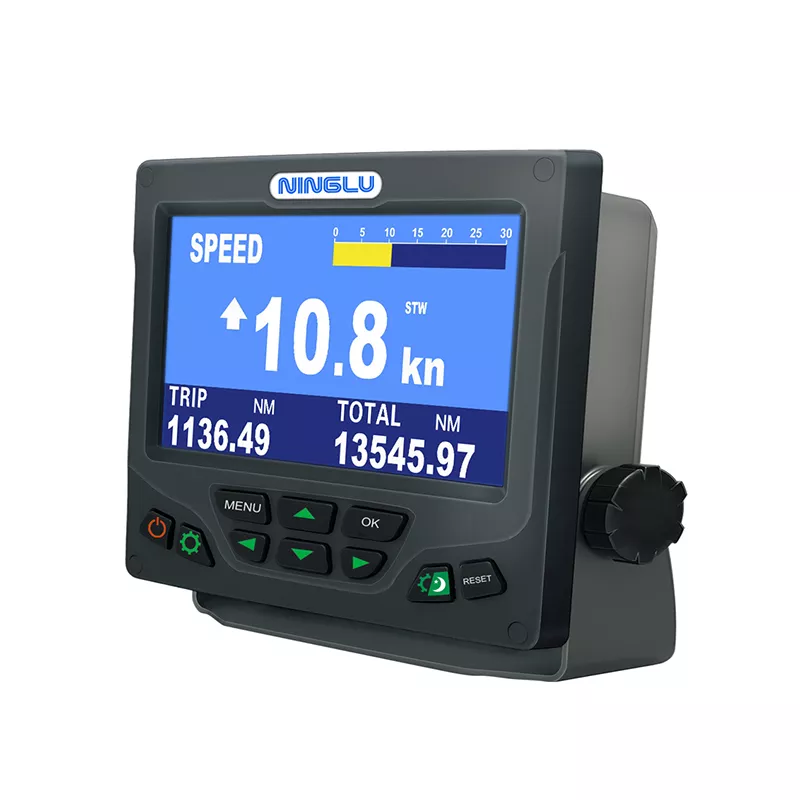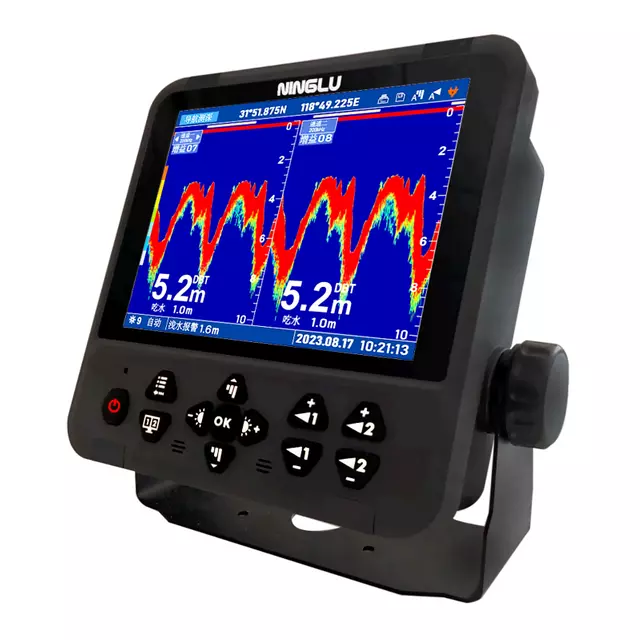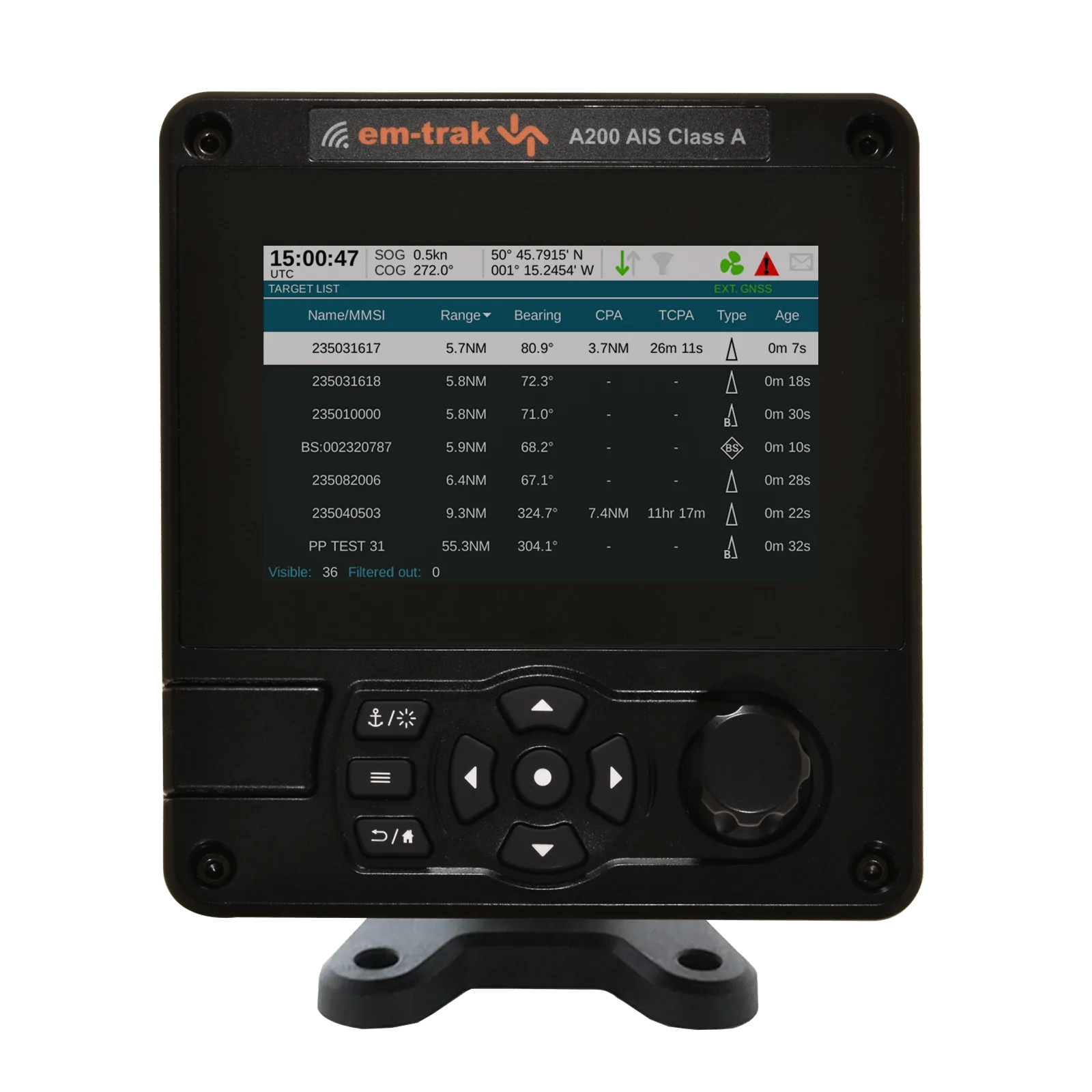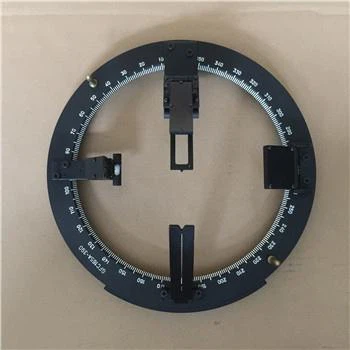Inmarsat-C: The Backbone of Maritime Communication
Inmarsat-C is a crucial component of modern maritime communication systems, offering reliable data and safety services worldwide. Here’s everything you need to know about this vital technology.
What is Inmarsat-C?
Inmarsat-C is a satellite communication system designed primarily for maritime safety and data transmission. It provides global coverage, allowing ships to stay connected regardless of their location on the open sea.
Key Features of Inmarsat-C
- Global coverage, ensuring connectivity anywhere on Earth.
- Reliable data transmission capabilities.
- Integrated safety features for distress alerting and safety communications.
- Efficient message delivery with store-and-forward functionality.
- Supports various data applications, including weather reporting, telemetry, and email.
Applications of Inmarsat-C
Inmarsat-C is used across different maritime sectors for:
- Ship-to-shore and shore-to-ship messaging.
- Position reporting and tracking.
- Weather and navigational information updates.
- Remote monitoring of vessel systems.
- Emergency alerting and distress communications.
Frequently Asked Questions (FAQs) about Inmarsat-C
| Question | Answer |
|---|---|
| What is Inmarsat-C used for? | Inmarsat-C is primarily used for maritime safety communications, data reporting, and messaging. |
| How does Inmarsat-C ensure global coverage? | Inmarsat-C utilizes a network of geostationary satellites to provide coverage across the entire Earth. |
| What are the key features of Inmarsat-C? | Key features include global coverage, distress alerting, data transmission, and message store-and-forward capabilities. |
| Can Inmarsat-C be used for weather updates? | Yes, Inmarsat-C supports weather reporting and other data applications. |
| How does Inmarsat-C handle emergency situations? | It allows vessels to send distress alerts and communicate critical information to maritime rescue authorities. |
| Is Inmarsat-C mandatory for all vessels? | For certain types of vessels, especially those operating in international waters, Inmarsat-C may be mandatory as per maritime regulations. |
| What is the typical data transmission rate of Inmarsat-C? | Inmarsat-C operates at a low data rate suitable for text-based messaging and data reporting. |
| Can Inmarsat-C messages be encrypted? | Yes, Inmarsat-C supports encryption for secure communications. |
| How is Inmarsat-C different from other satellite communication systems? | Inmarsat-C focuses on safety services and low-cost data messaging, making it suitable for maritime applications. |
| Is Inmarsat-C compatible with other satellite systems? | Yes, Inmarsat-C can be integrated with other satellite systems for enhanced connectivity and redundancy. |
### Conclusion
Inmarsat-C continues to play a pivotal role in maritime communication, ensuring safety, efficiency, and global connectivity for vessels of all sizes. Understanding its capabilities and applications is crucial for maritime operators and stakeholders.











